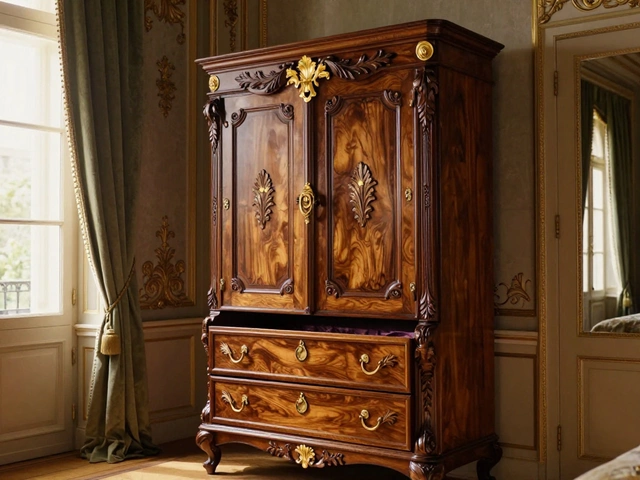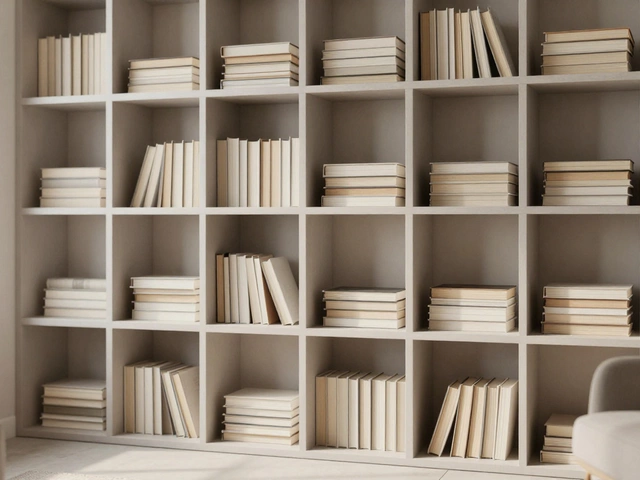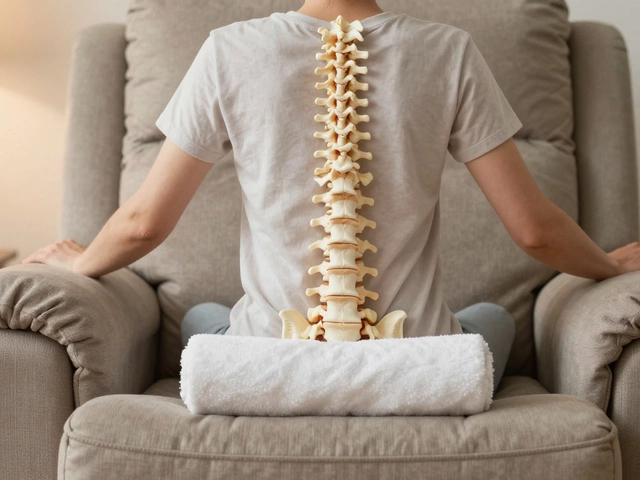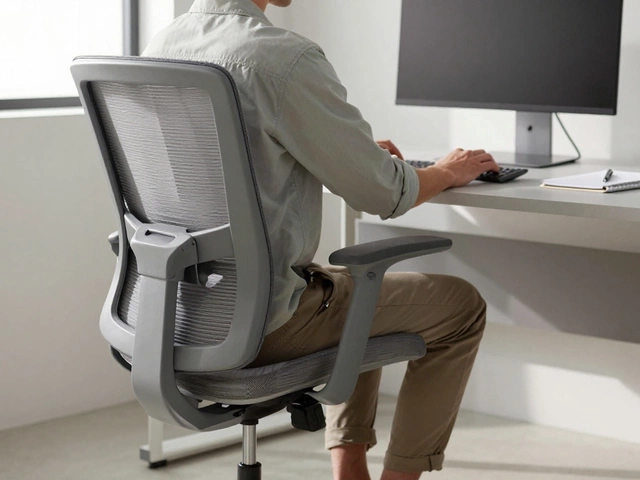Japanese Bedding Space Calculator
Measure Your Space Savings
Find out how much floor space you'll reclaim by switching from a traditional bed to Japanese bedding.
Space Savings Comparison
Traditional bed takes up 0 square feet.
Japanese bedding takes up 0 square feet when stored.
Space saved: 0 square feet
With Japanese bedding, you'll free up space equivalent to 0 extra square feet. This can be used for more furniture, walking space, or simply creating a cleaner environment.
Japanese bedding isn’t just about sleeping on the floor-it’s a whole system designed for space, comfort, and simplicity. If you’ve ever seen a Japanese bedroom with no bed frame, just a thin mat and a quilt, you’ve seen Japanese bedding in action. It’s not a trend. It’s a centuries-old practice rooted in culture, climate, and smart living. And today, more people in small apartments and minimalist homes around the world are adopting it-not because it’s trendy, but because it works.
What Exactly Is Japanese Bedding?
Japanese bedding, or shikibuton (敷き布団), refers to a set of thin, portable mattress and bedding layers designed to be laid directly on the floor and stored away during the day. The core components are:
- Tatami mat - A woven straw floor base, traditionally used in Japanese rooms
- Shikibuton - A firm, cushioned mattress, usually made of cotton or synthetic fibers
- Kakebuton - A thick quilted comforter, often filled with cotton or polyester
- Pyjama - A thin pillow, sometimes filled with buckwheat hulls or foam
Unlike Western beds with metal frames and box springs, Japanese bedding is low to the ground and designed to be rolled up and put away. This isn’t just for aesthetics-it’s practical. In a country where homes are often small and multi-functional, removing the bed during the day frees up space for sitting, eating, or working.
Why Do Japanese People Sleep on the Floor?
It’s not about hardship-it’s about adaptation. Traditional Japanese homes were built with raised wooden floors and tatami mats, which naturally stay cooler in summer and retain warmth in winter. Sleeping on the floor helps regulate body temperature. In humid summers, air circulates better under the thin mattress, reducing sweat and discomfort. In winter, the floor holds heat longer than a raised bed frame.
There’s also a cultural belief that sleeping close to the earth promotes better posture and deeper rest. Many Japanese people report fewer back problems because the firm surface keeps the spine aligned. A 2021 study from Osaka University found that participants using firm, floor-based bedding reported higher satisfaction with spinal alignment compared to those using standard Western mattresses.
How Is Japanese Bedding Different From a Sofa Bed?
People often confuse Japanese bedding with sofa beds because both can be folded or stored away. But they’re not the same.
A sofa bed is a Western invention designed to serve two functions: seating by day, sleeping by night. It’s bulky. It has a metal frame, thick springs, and a mattress that’s often too soft for long-term use. When you pull it out, it stays out. It’s not meant to be stored.
Japanese bedding, on the other hand, is lightweight, thin, and meant to be moved daily. A shikibuton is only 2 to 4 inches thick. A kakebuton is about the same thickness as a heavy blanket. Together, they can fit into a closet or under a low shelf. There’s no frame. No mechanism. Just fabric and filling.
If you’re looking for something that doubles as a couch and a bed, a sofa bed makes sense. But if you want to maximize space, sleep better on a firm surface, and live with less clutter, Japanese bedding is the better choice.
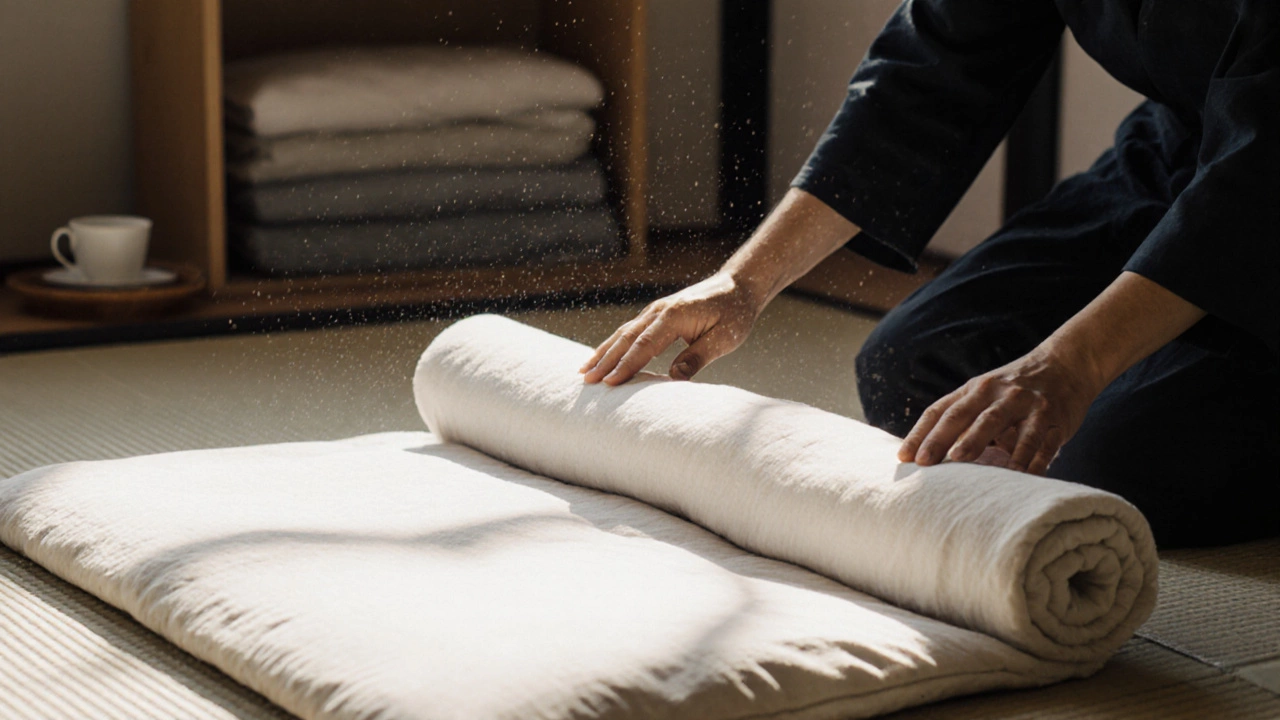
What You Need to Start Using Japanese Bedding
You don’t need to rebuild your home to try this. Here’s what you actually need:
- A flat, clean floor surface - Hardwood, laminate, or tile works best. Avoid carpet unless it’s low-pile.
- A shikibuton - Look for one made of cotton or high-density foam. Avoid memory foam-it’s too soft and traps heat.
- A kakebuton - Choose one with removable, washable cover. Cotton or bamboo blends are ideal.
- A thin pillow - Buckwheat hull pillows are traditional and supportive. Foam pillows work too.
- A storage solution - A low closet, under-bed bins, or a wall-mounted shelf will keep your bedding out of the way.
You can buy these items as a set online. Brands like Yanagiya, JapanBedding, and Muji offer quality options. Prices range from $150 to $400 for a full set, depending on materials.
Who Benefits Most From Japanese Bedding?
Not everyone will love it-but certain people find it life-changing:
- People in small apartments - If your bedroom is also your living room, Japanese bedding frees up floor space.
- Back pain sufferers - The firm surface supports the spine and reduces pressure points.
- Minimalists - No bulky furniture. No clutter. Just what you need.
- People who hate hot nights - The breathable materials and airflow keep you cooler.
- Travelers and renters - Easy to pack, move, and store. No need to leave furniture behind.
It’s not ideal for people with mobility issues, seniors with joint pain, or those who prefer plush, sinking mattresses. But for most others, the adjustment period-usually 1 to 2 weeks-is worth it.
Common Myths About Japanese Bedding
There are a few misunderstandings that keep people from trying it:
- Myth: It’s uncomfortable. - It’s firm, not hard. Many say it feels like sleeping on a well-made yoga mat.
- Myth: You’ll get cold. - The kakebuton is thick enough to trap heat. Layering with a light blanket helps if needed.
- Myth: You need tatami mats. - Tatami is traditional but optional. A rug or thin foam pad works fine under the shikibuton.
- Myth: It’s only for Japanese people. - People in Germany, Canada, and the U.S. have been using it for decades. It’s not cultural appropriation-it’s smart design.

How to Make the Switch
Transitioning from a Western bed to Japanese bedding doesn’t have to be all-or-nothing.
Start by trying it one night a week. Lay your shikibuton on the floor next to your bed. Sleep on it for a few nights. Notice how your body feels in the morning. Do you wake up less stiff? Do you feel more grounded?
After a week, try sleeping on it every night. Once you’re comfortable, start storing your bedding daily. Roll the shikibuton and kakebuton, tuck them into a closet, and watch how your room transforms.
Don’t rush. Your body needs time to adjust. Most people report improved sleep quality after 10 to 14 days. Some say they never go back.
What to Avoid
Here are three mistakes people make when starting out:
- Using a thick memory foam mattress - It defeats the purpose. Japanese bedding relies on firmness.
- Putting it on thick carpet - It traps moisture and makes the surface uneven.
- Skipping the pillow - Even a thin pillow keeps your neck aligned. Don’t sleep with your head flat on the floor.
Also, avoid buying cheap sets from unknown brands. Look for ones with clear material specs: 100% cotton cover, natural fill, and a thickness under 4 inches.
Is Japanese bedding good for back pain?
Yes, many people with mild to moderate back pain find relief with Japanese bedding. The firm, flat surface keeps the spine in neutral alignment, reducing pressure on the lower back. Unlike soft mattresses that sink and twist the spine, a shikibuton supports the natural curve. Studies from Japanese universities show improved posture and reduced morning stiffness in users after 4 weeks.
Can you use Japanese bedding on a bed frame?
Technically, yes-but it defeats the purpose. Japanese bedding is designed to be floor-based. Placing it on a raised frame makes it feel like a thin mattress on a hard surface, which can be uncomfortable. If you want to use a frame, consider a platform bed with slats and put the shikibuton directly on it. But for full benefits, keep it on the floor.
How do you clean Japanese bedding?
Most shikibuton and kakebuton sets have removable, machine-washable covers. Wash the cover every 2 weeks. The inner mattress and quilt should be aired out weekly-hang them outside in sunlight for a few hours to kill dust mites and freshen the fabric. Never dry clean or machine wash the inner layers unless the label says it’s safe.
Does Japanese bedding work in cold climates?
Absolutely. The kakebuton is thick and insulating, often as warm as a winter duvet. Many people in northern Japan use layered kakebuton in winter. Add a wool blanket on top if needed. The floor may feel cool at first, but your body heat warms the mattress quickly. In fact, many find it warmer than a raised bed because there’s no cold air circulating underneath.
How long does Japanese bedding last?
A well-made shikibuton lasts 5 to 7 years with proper care. Kakebuton can last 8 to 10 years. The key is rotating and airing them regularly. Avoid folding them the same way every time-this causes creases and weakens the filling. If the cover becomes thin or stained, replace just the cover instead of the whole set.
Final Thoughts
Japanese bedding isn’t about giving up comfort. It’s about redefining it. It’s about choosing sleep that’s quiet, clean, and connected to the ground. It’s about waking up without the groggy feeling of sinking into a too-soft mattress. And it’s about reclaiming space in a world that’s always asking for more.
If you’ve ever felt cramped in your home, or tired of moving furniture around, or just curious what it’s like to sleep differently-try it. You don’t need to go all-in. Just one night on the floor might be enough to change how you think about sleep.



